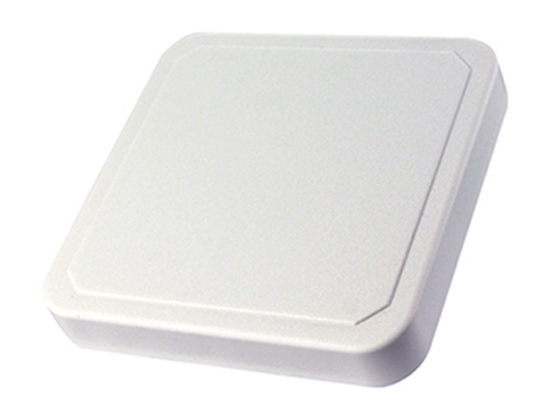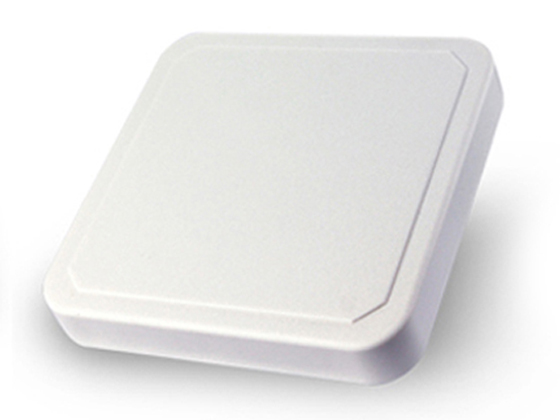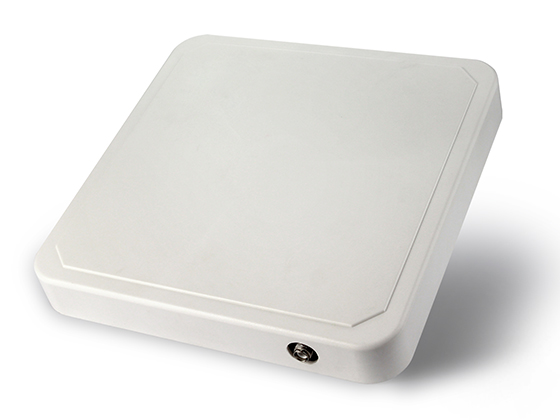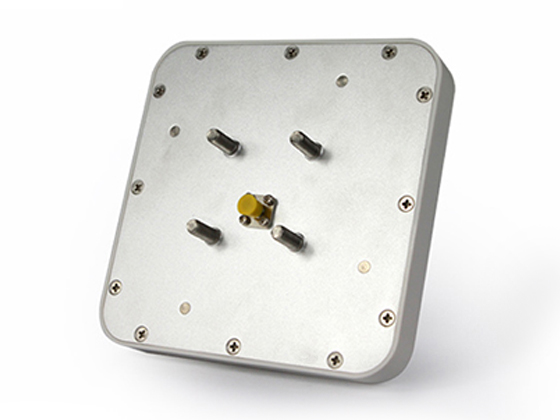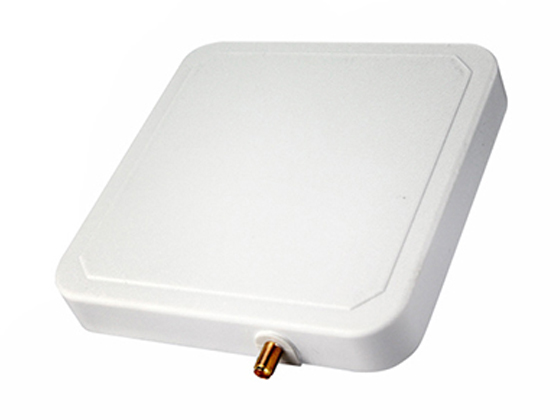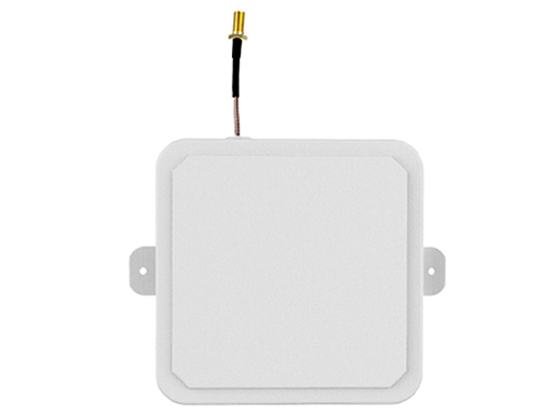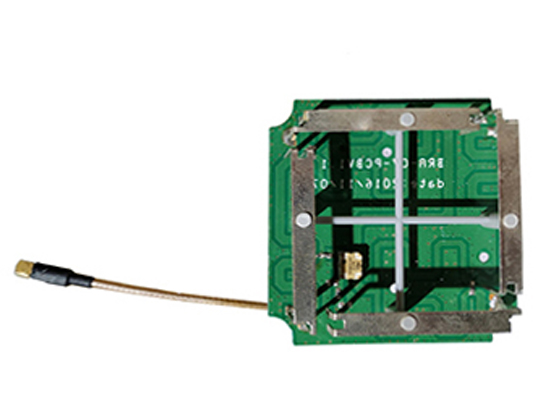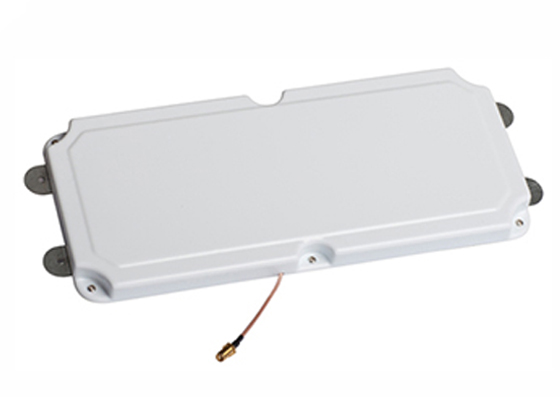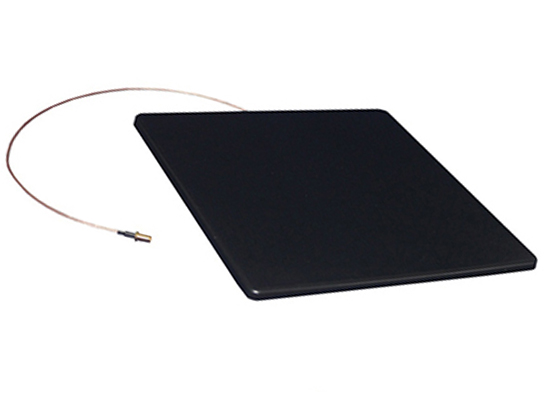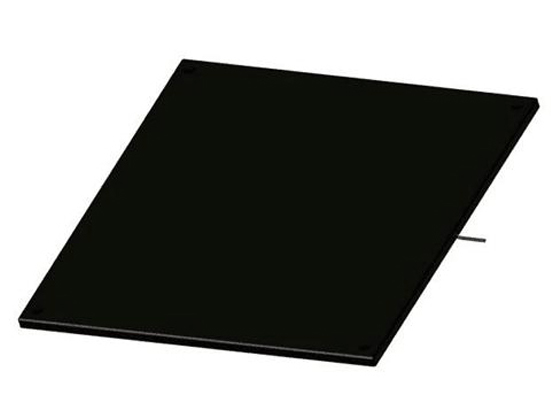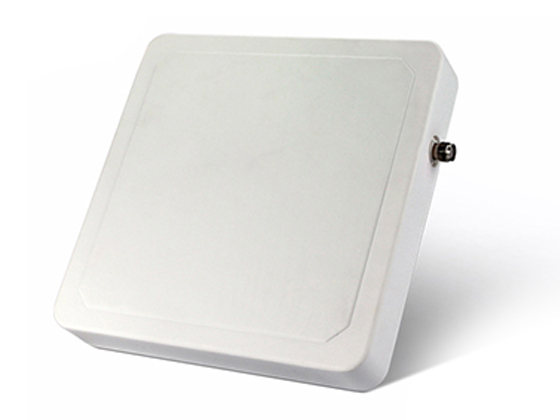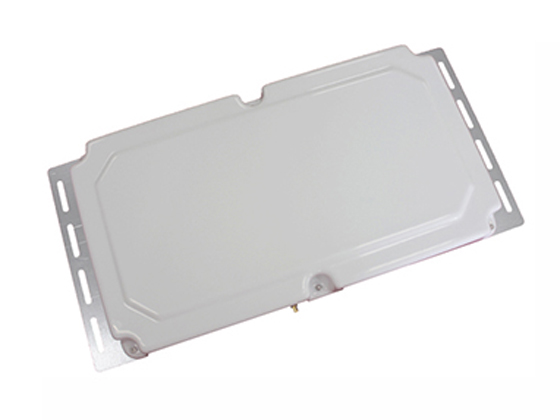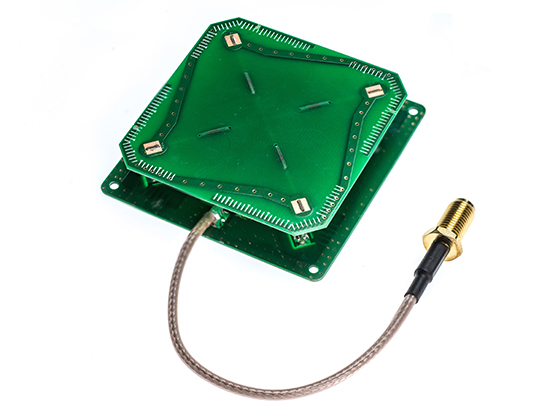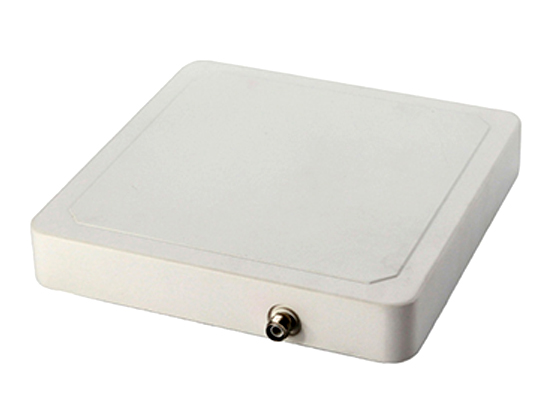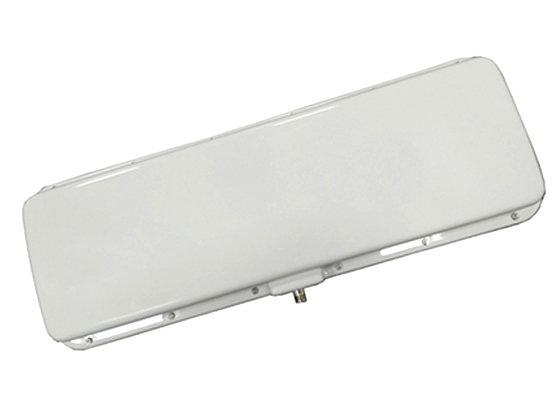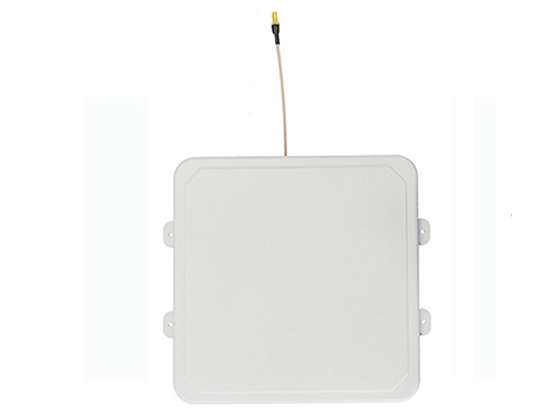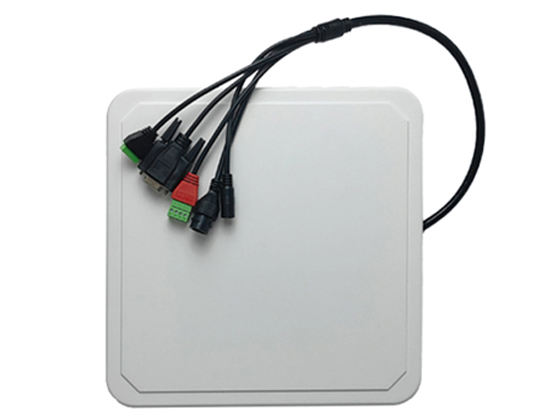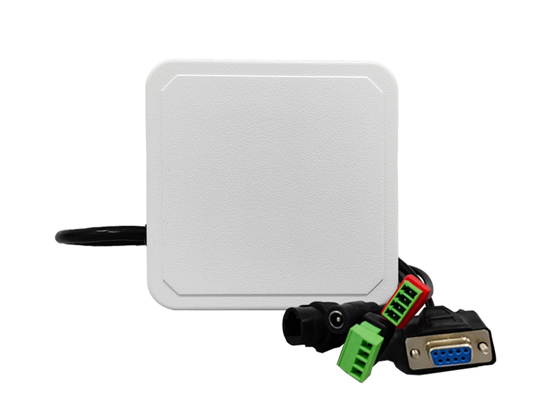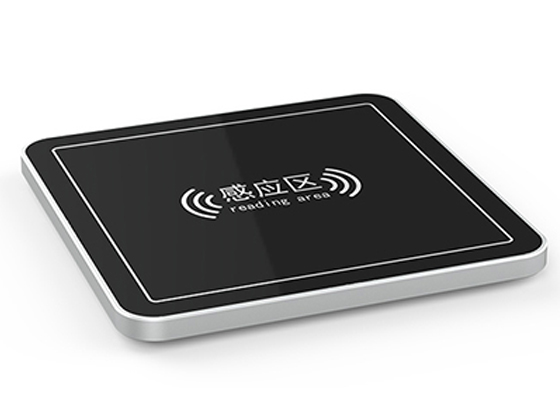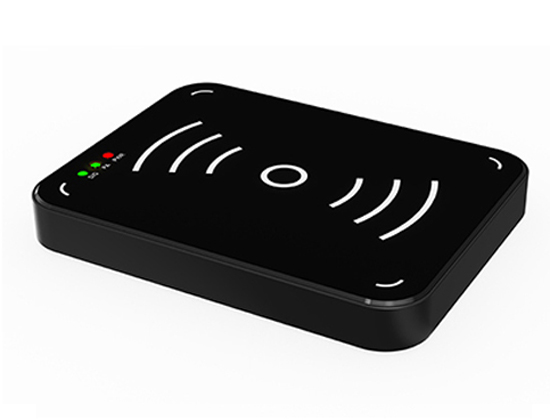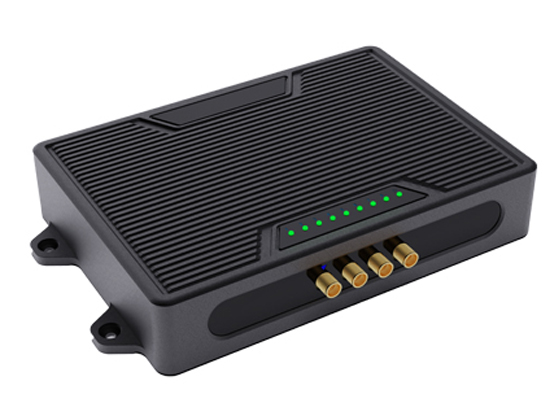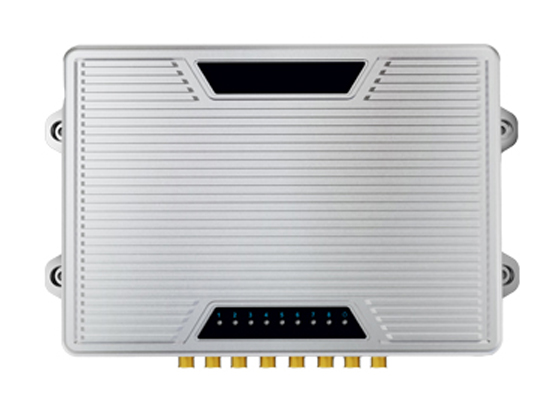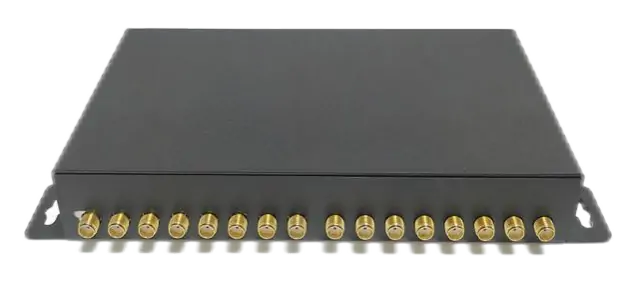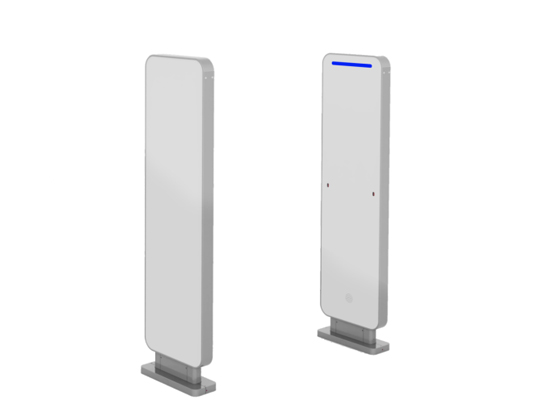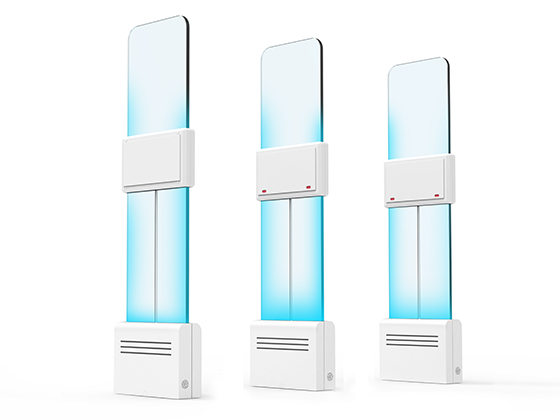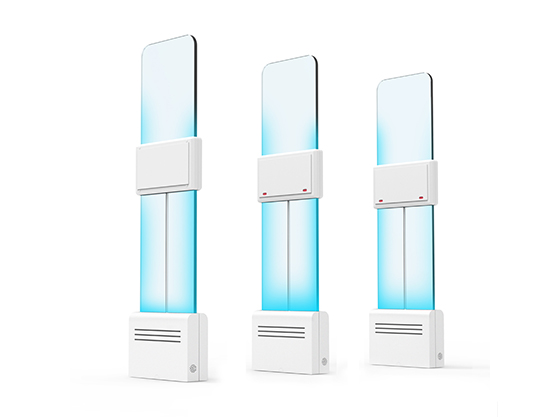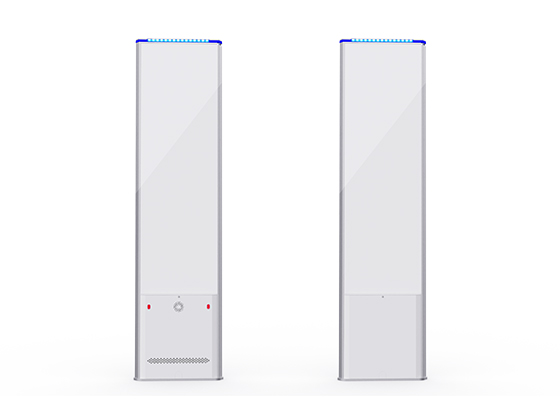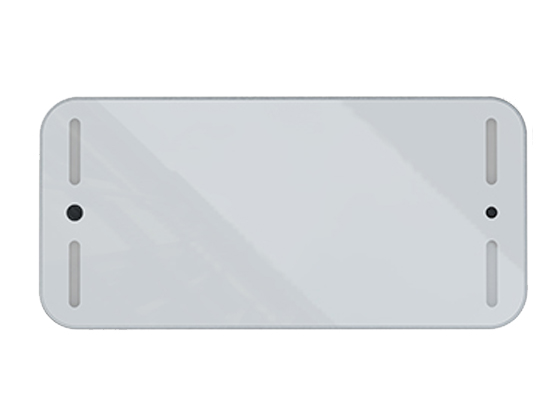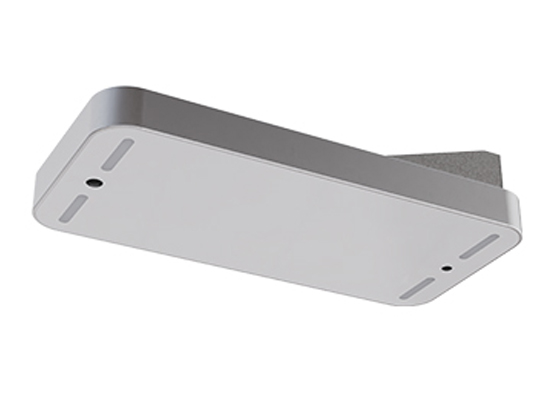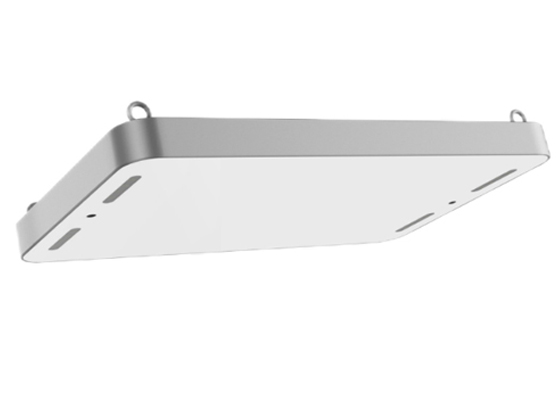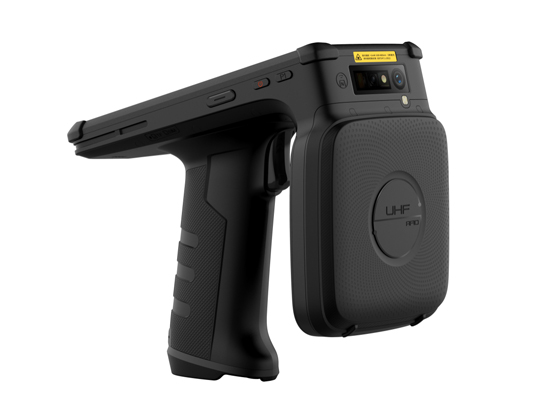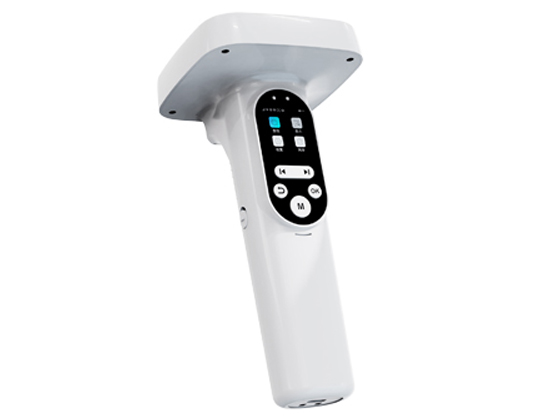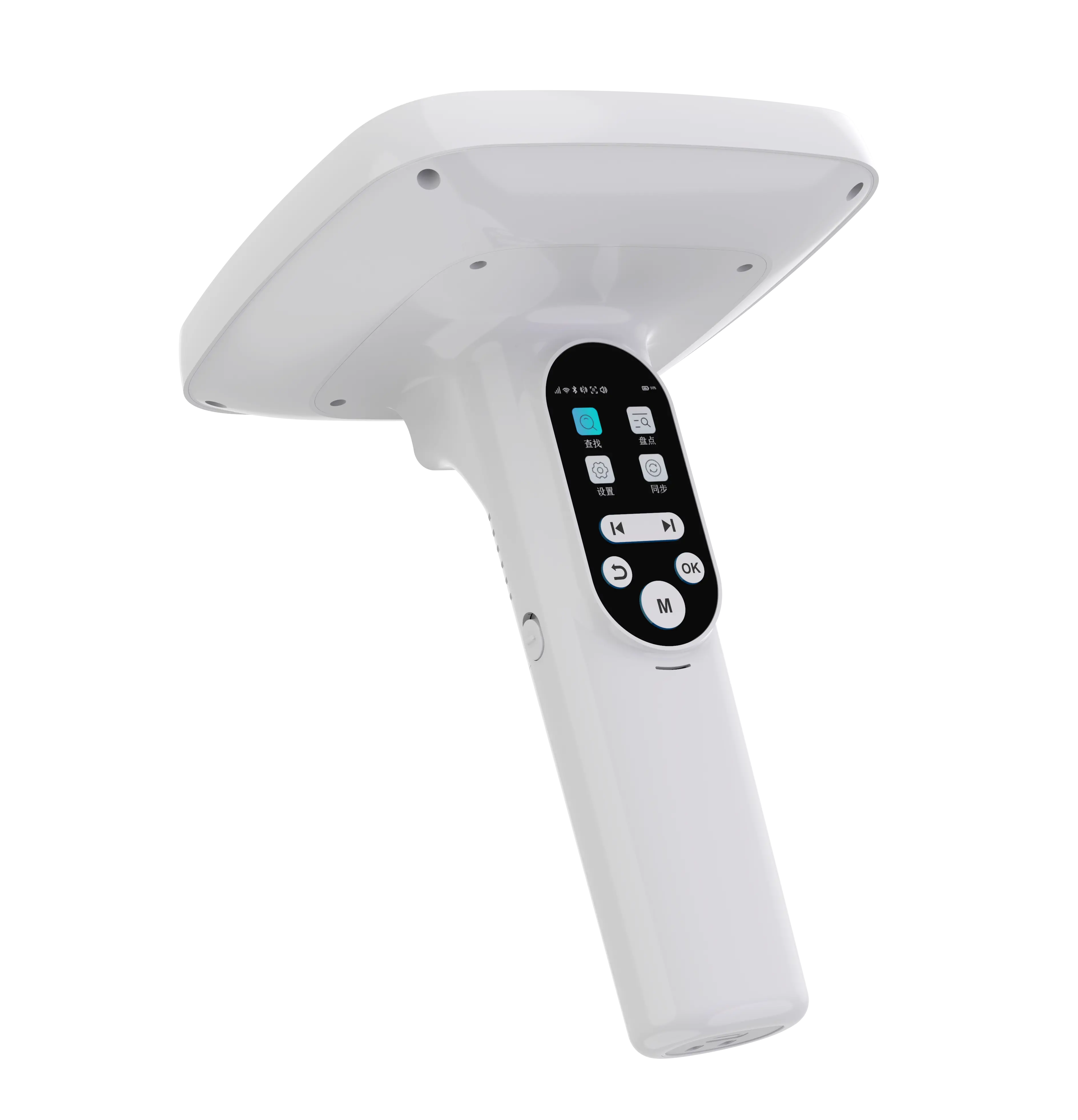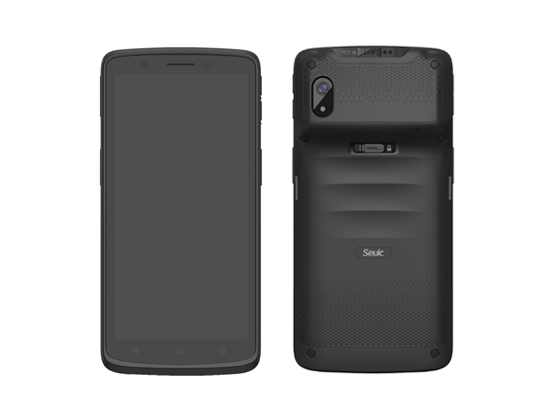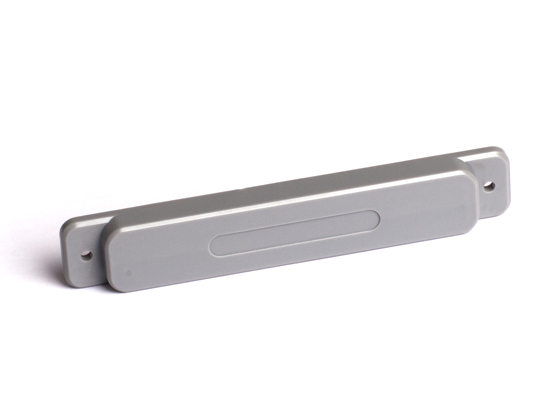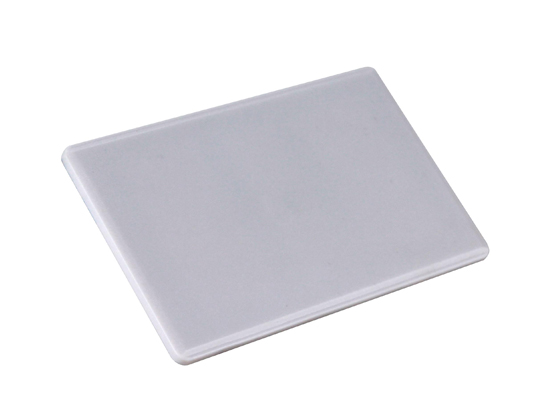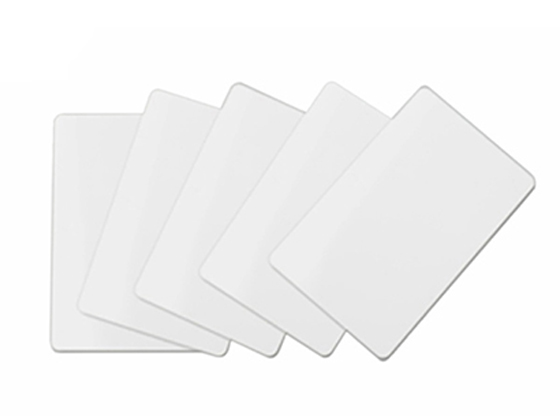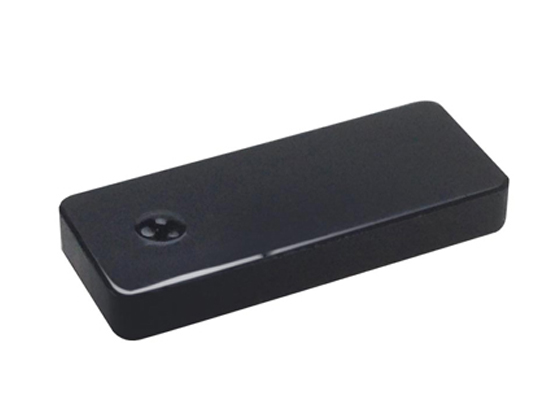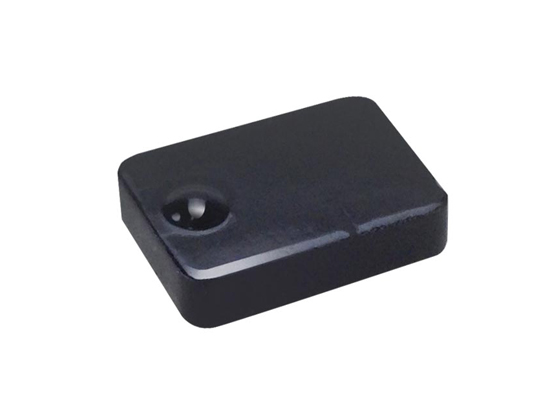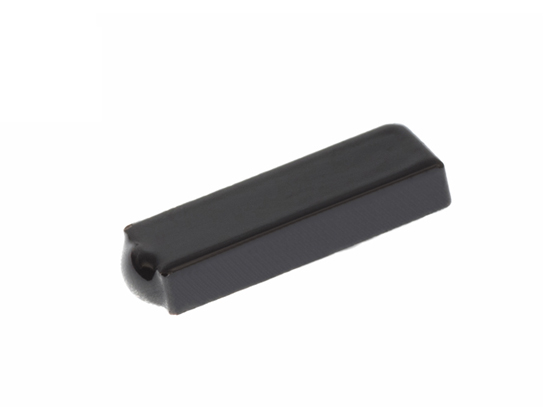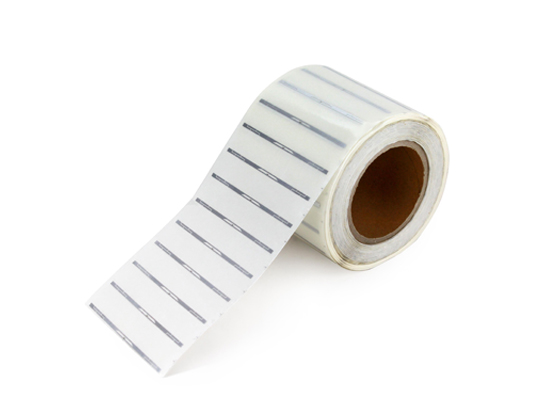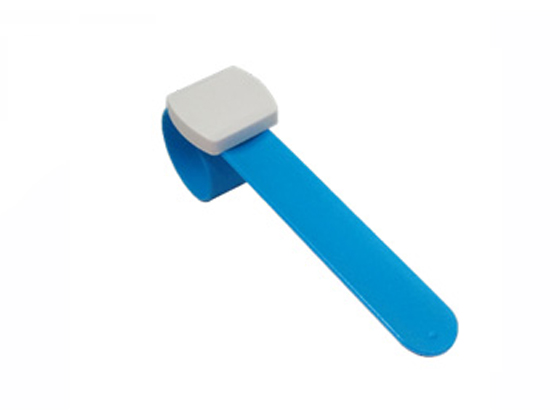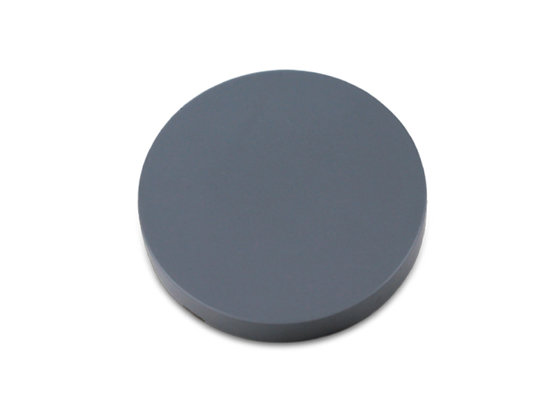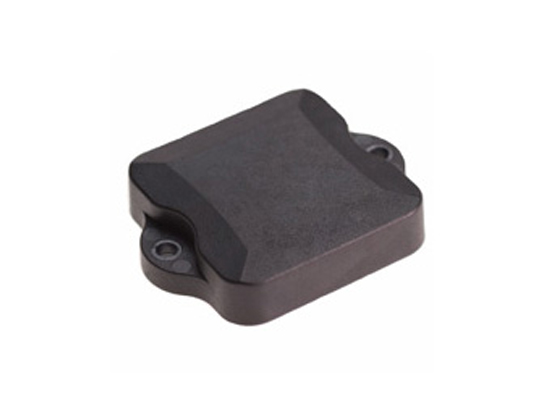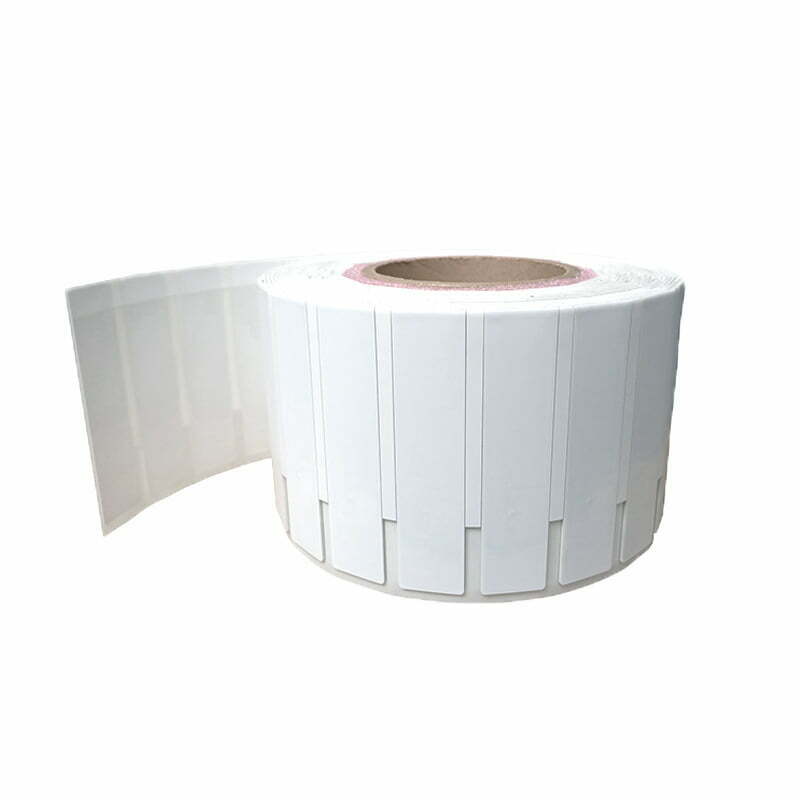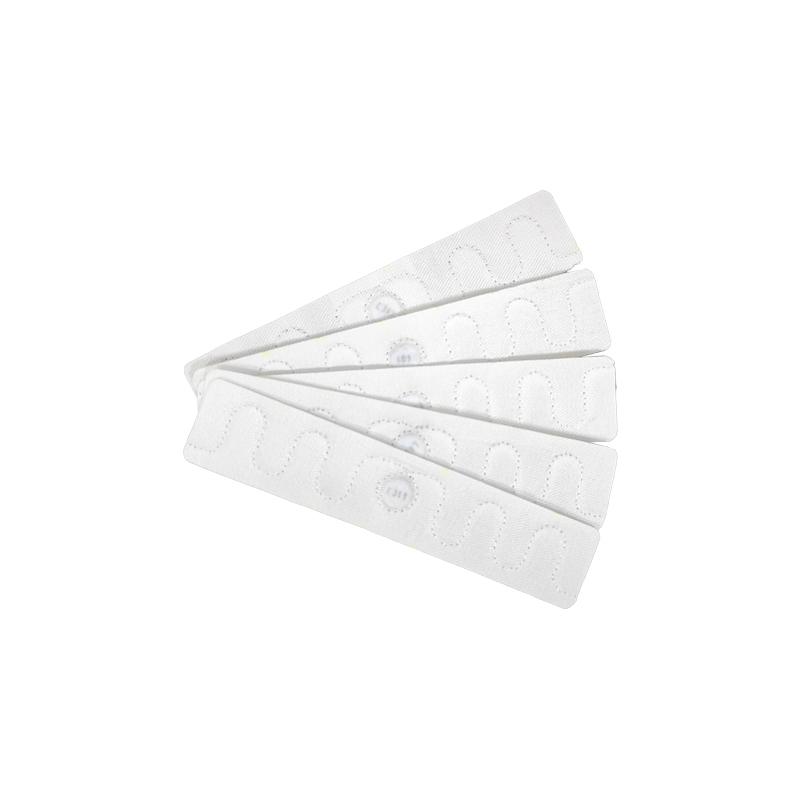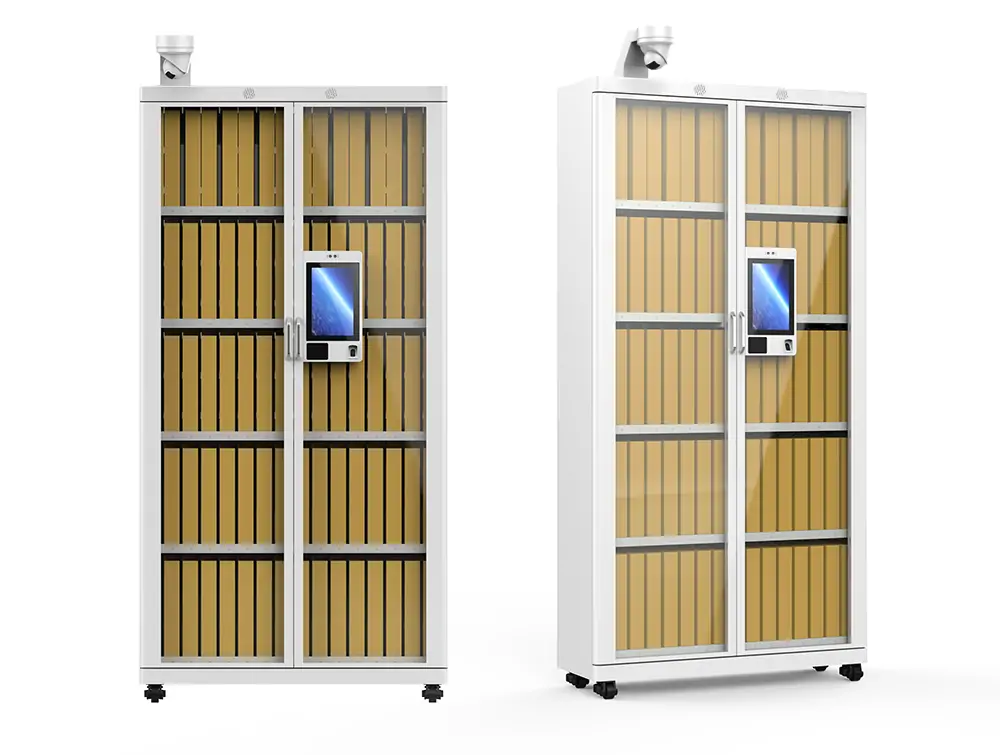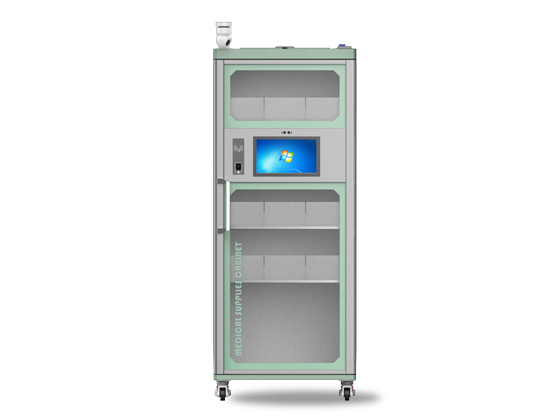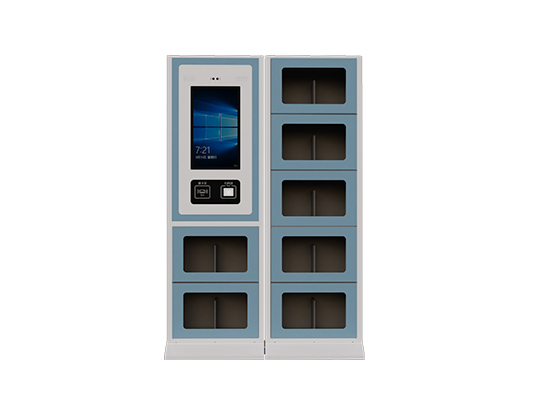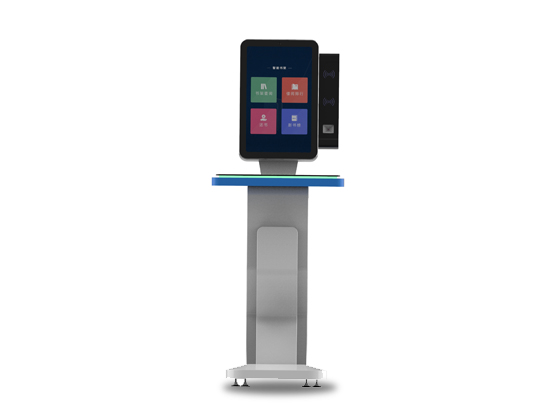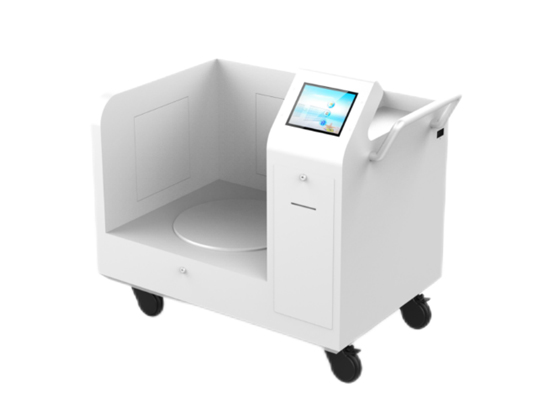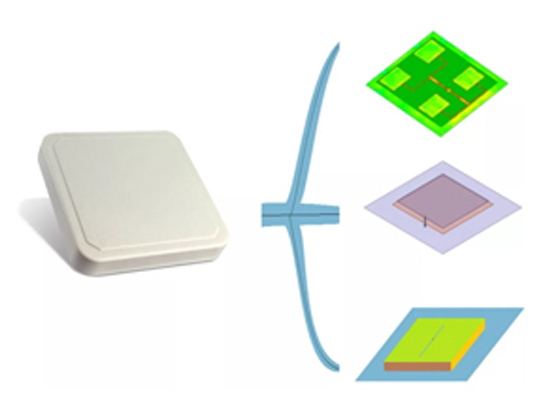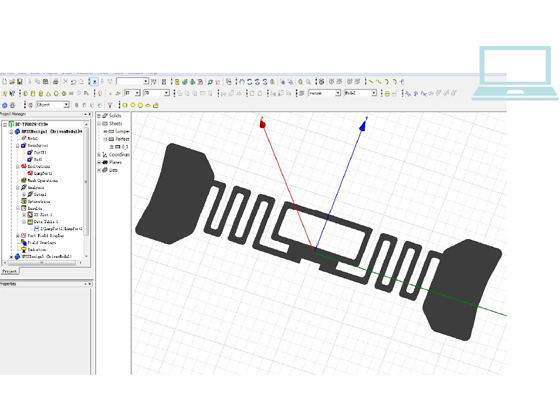In the world of modern warehouse logistics, UHF RFID technology has become a game-changer. From real-time inventory tracking to improved shipping accuracy, RFID enables automation, speed, and visibility. But one critical factor often overlooked is the selection of the right UHF RFID antenna — a detail that can make or break system performance.
1. Why the Antenna Matters
While RFID tags and readers get most of the attention, the antenna is the true workhorse. It controls how signals are transmitted and received, directly impacting read range, accuracy, and system stability. A poor antenna choice can lead to missed reads, signal interference, or even wasted investment in RFID hardware. Selecting a wrong antenna for a specific application could result in blind spots or overlapping signals, compromising system reliability.
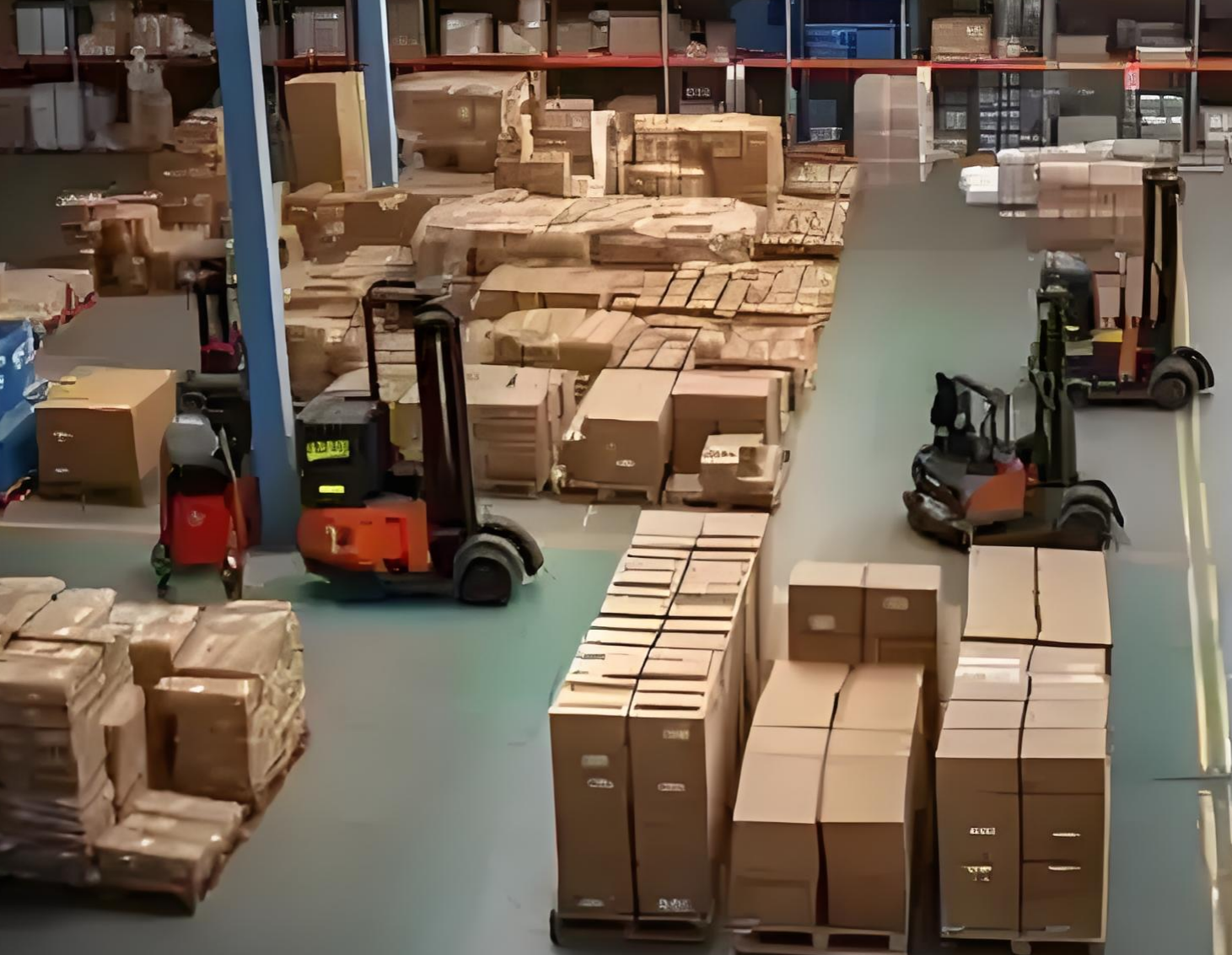
A leading fashion retailer in Thailand implemented a UHF RFID system to streamline operations at its 5,000 m² distribution center. Initially, performance was inconsistent—some cartons weren’t being read during outbound loading. After an audit, it was discovered that circular polarized antennas were used at dock doors, where tags were uniformly placed. These antennas couldn’t deliver the necessary read range.
The integrator switched to high-gain linear polarized antennas, aligned with the tag orientation on cartons. Read accuracy at dock doors jumped from 82% to 99.6%, significantly reducing shipping errors and labor time. This simple change in antenna type saved the company an estimated $200,000 annually in returns and manual rechecks.
2. Tailoring Antennas to Use Cases
Different warehouse zones require different antenna types. For example:
Gantry benefit from long-range directional antennas to capture tags on moving vehicles.
Shelf-level tracking may require circularly polarized antennas for consistent reads regardless of tag orientation.
Portal or gate systems often use antenna arrays to provide coverage across large passageways.
Please refer to the following list for common antenna types and applicable scenarios
Tab 1. UHF RFID Antenna Comparison Chart for Warehouse Logistics
|
Antenna Type
|
Polarization
|
Read Range
|
Ideal Use Cases
|
Pros
|
|
Circular Polarized
|
Circular
|
Medium (5–8 m)
|
Shelves, portals, handhelds
|
Reads tags in any orientation, good general purpose
|
|
Linear Polarized
|
Linear (horizontal or vertical)
|
Long (up to 10+ m)
|
Dock doors, conveyor belts
|
Longer read range when tag orientation is fixed
|
|
Wide Beam Panel
|
Circular or Linear
|
Short–Medium
|
Workstations, item-level scanning
|
Wide coverage zone, easier positioning
|
|
High-Gain Directional
|
Circular or Linear
|
Very Long (10+ m)
|
High ceilings, vehicle tracking
|
Excellent range, focused signal path
|
|
Antenna Array
|
Mixed / Custom
|
Configurable
|
Entry/exit points, personnel gates
|
3D tracking, directional control
|
|
Near Field Antenna
|
NA (non-radiating field)
|
Very Short (<0.5 m)
|
Tag programming, item-level quality control
|
Precise, avoids stray reads
|
3. Environmental Factors and Antenna Design
Warehouses are full of metal racking, forklifts, and dynamic human activity. Antenna design and placement must account for:
Multipath interference from reflective surfaces,
Signal absorption from materials like liquids or dense packaging,
Mounting angles and height requirements based on reading zones., Choosing antennas with proper gain, polarization, and form factor ensures optimal performance in these complex environments.
4. Performance vs. Cost Trade-offs
Not all RFID antennas are created equal. High-gain antennas may offer longer read ranges but could be overkill for close-proximity scanning. Conversely, cheaper antennas might reduce coverage, requiring more hardware to compensate. A well-balanced antenna selection strategy helps reduce total system cost while maintaining high performance.
5. The Role of Professional Antenna Planning
Antenna selection isn't just a technical decision — it's a strategic one. Partnering with RFID solution providers or engineers who understand your layout, workflow, and data needs can result in smarter antenna deployment, shorter implementation time, and faster ROI.
Conclusion
UHF RFID has revolutionized warehouse logistics, but to unlock its full potential, you must look beyond the tags and readers. The antenna is where the physical world meets the digital system — and selecting the right one is essential. With the right antenna strategy, your RFID system can deliver real-time visibility, efficiency, and long-term reliability.


